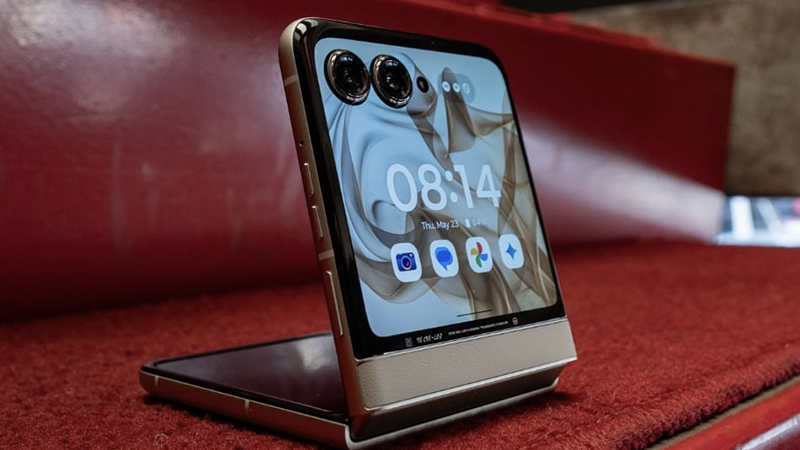OnePlus 13 vs. Google Pixel 9 Pro XL: Raw performance or polished software?
It might simply be the choice between Snapdragon 8 Elite and Tensor G4.
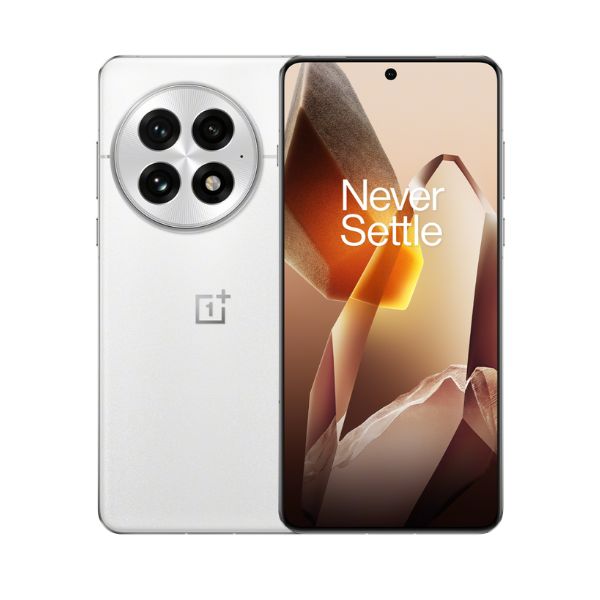
OnePlus' most premium phone yet
By all indications, Qualcomm's Snapdragon 8 Elite is a monster chipset, and it's powering the brand-new OnePlus 13. Aside from the spec bump, which includes configurations with 24GB RAM and 1TB storage, the OnePlus 13 finally has a mostly-flat display. Plus, it's running OxygenOS 15 (based on Android 15).
For
- Qualcomm's latest Snapdragon 8 Elite chipset
- OxygenOS 15 (based on Android 15) at launch
- Fast, 100W wired charging speeds
- Slick black, blue, and white colorways
- Mostly flat display is a much-needed change
Against
- Could cost more than the OnePlus 12
- Not as many AI features as the Pixel 9 Pro XL
- Likely not available for purchase through US carriers
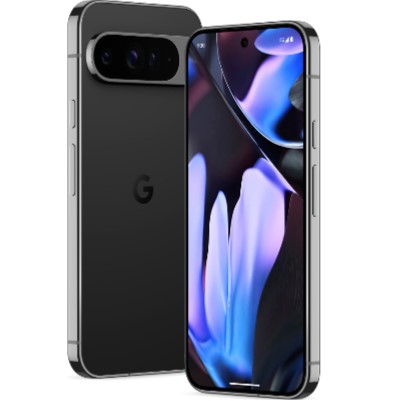
Google's biggest and brightest
Google's Tensor G4 chipset might not be the most powerful on the block, but the Pixel 9 Pro XL makes up for that with clever optimization and excellent Google AI features. You also get top-notch build quality, a great display, and a standout camera system.
For
- Plenty of Google AI features, from Gemini to Pixel Screenshots
- Tensor G4 is (mostly) good enough for daily use
- Seven years of OS upgrades guaranteed
- Improved charging speeds
- A standout camera system
Against
- Fast charging still can't touch OnePlus
- Tensor G4 will lose to Snapdragon 8 Elite every time
- Some may find the boxy Pixel 9 Pro XL uncomfortable to hold
The tradition of OnePlus' staggered flagship launches continued this year, but the OnePlus 13 is finally available globally. It offers the specs of a 2025 Android flagship at a cheaper price. So, how does it compare to Google's best Android flagship, the Pixel 9 Pro XL?
The base model of the OnePlus 13 costs $200 less than the Pixel 9 Pro XL, which makes for an impressive value proposition. Both phones have a lot going for them — the Pixel 9 Pro XL has software and AI, meanwhile the OnePlus 13 has raw power and better hardware — and we're here to help you decide which is right for you.
OnePlus 13 vs. Google Pixel 9 Pro XL: Pricing and configurations
Why you can trust Android Central
The OnePlus 13 is available now globally, including on OnePlus’ website in the U.S. and Canada. You can buy it for $899.99 in the U.S., and it comes with 12GB RAM and 256GB of storage. Unfortunately, the base model is only available in a Black Eclipse colorway. It’ll be available on Amazon at a later date, and can be purchased from Best Buy Canada online today.
For $100 more, you can get an upgraded model of the OnePlus 13 with 16GB of RAM and 512GB of storage, bringing the sticker price of the U.S. model to $999.99. It’s available in Black Eclipse, Midnight Ocean, and Arctic Dawn finishes. You can buy it starting today at OnePlus’ website and at Best Buy stores in the U.S. and Canada.
By comparison, the Google Pixel 9 Pro XL is available starting at $1,099 and can be purchased from a wide variety of retailers and cellular carriers. You can get it in 128GB, 256GB, 512GB, or 1TB storage configurations, and it's available in Obsidian (black), Porcelain (white), Hazel (grey), and Rose Quartz (pink) colorways.
OnePlus 13 vs. Google Pixel 9 Pro XL: Design
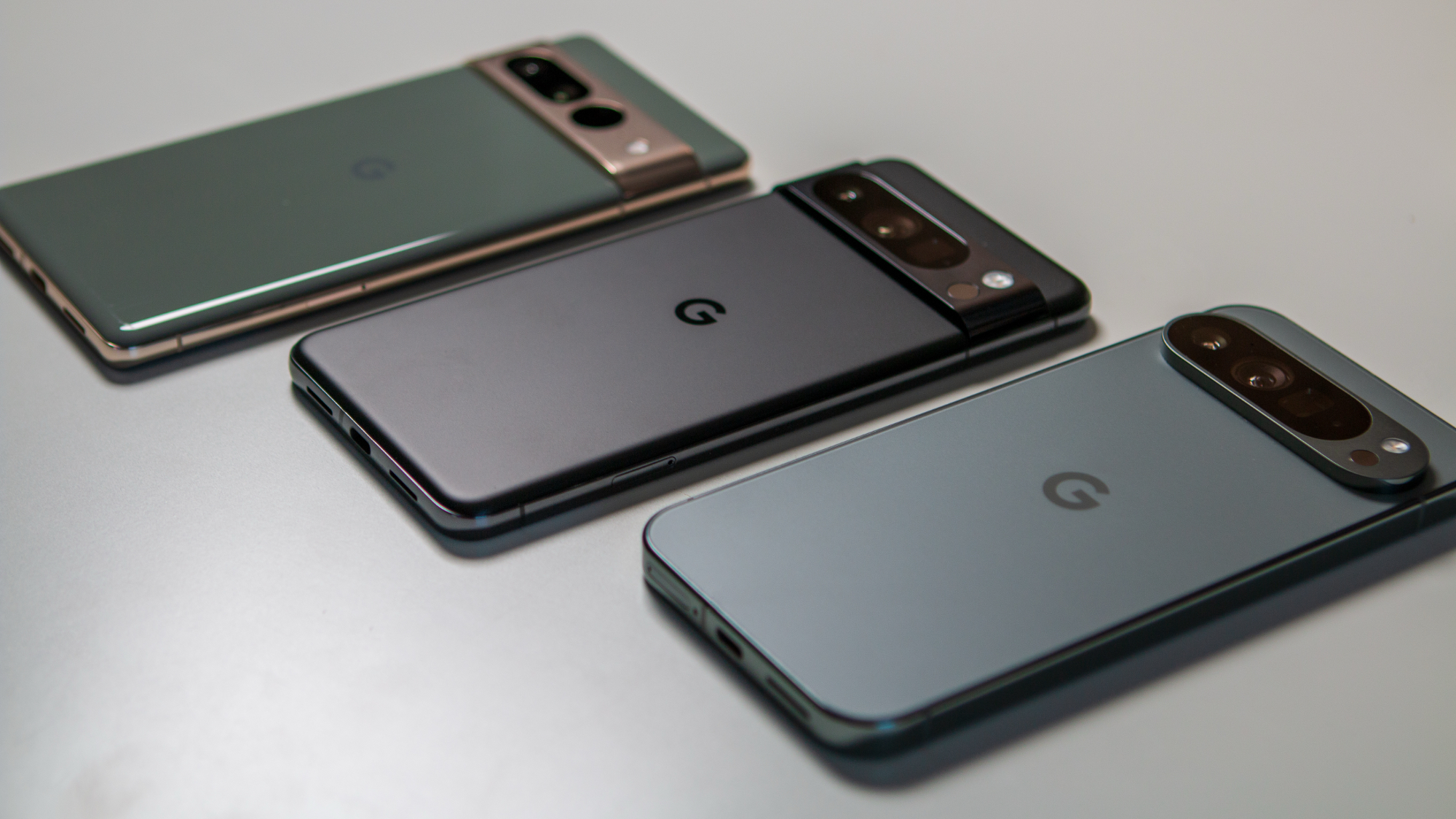
The OnePlus 13 and the Google Pixel 9 Pro XL couldn't look more different, or at least, they're as different as two smartphones can be in 2024. While both are fairly rectangular with slight curves around the corners, they're differentiated by their camera housings. OnePlus went with its unmistakable circular camera housing, which holds the triple-camera system and flash. Meanwhile, the Pixel 9 Pro XL has a pill-shaped camera bar at the top of the phone's back. Additionally, the camera circle on the back of the OnePlus 13 isn't symmetrically positioned.
Both phones have similar screen sizes and dimensions, too. The OnePlus 13 sports a 6.82-inch display and measures 162.9 x 76.5 x 8.5-8.9 mm. On the other hand, the Pixel 9 Pro XL has a 6.8-inch panel with dimensions of 152.8 x 72 x 8.5 mm. In other words, these two devices will feel pretty similar in the hand, although the OnePlus 13 is marginally larger.
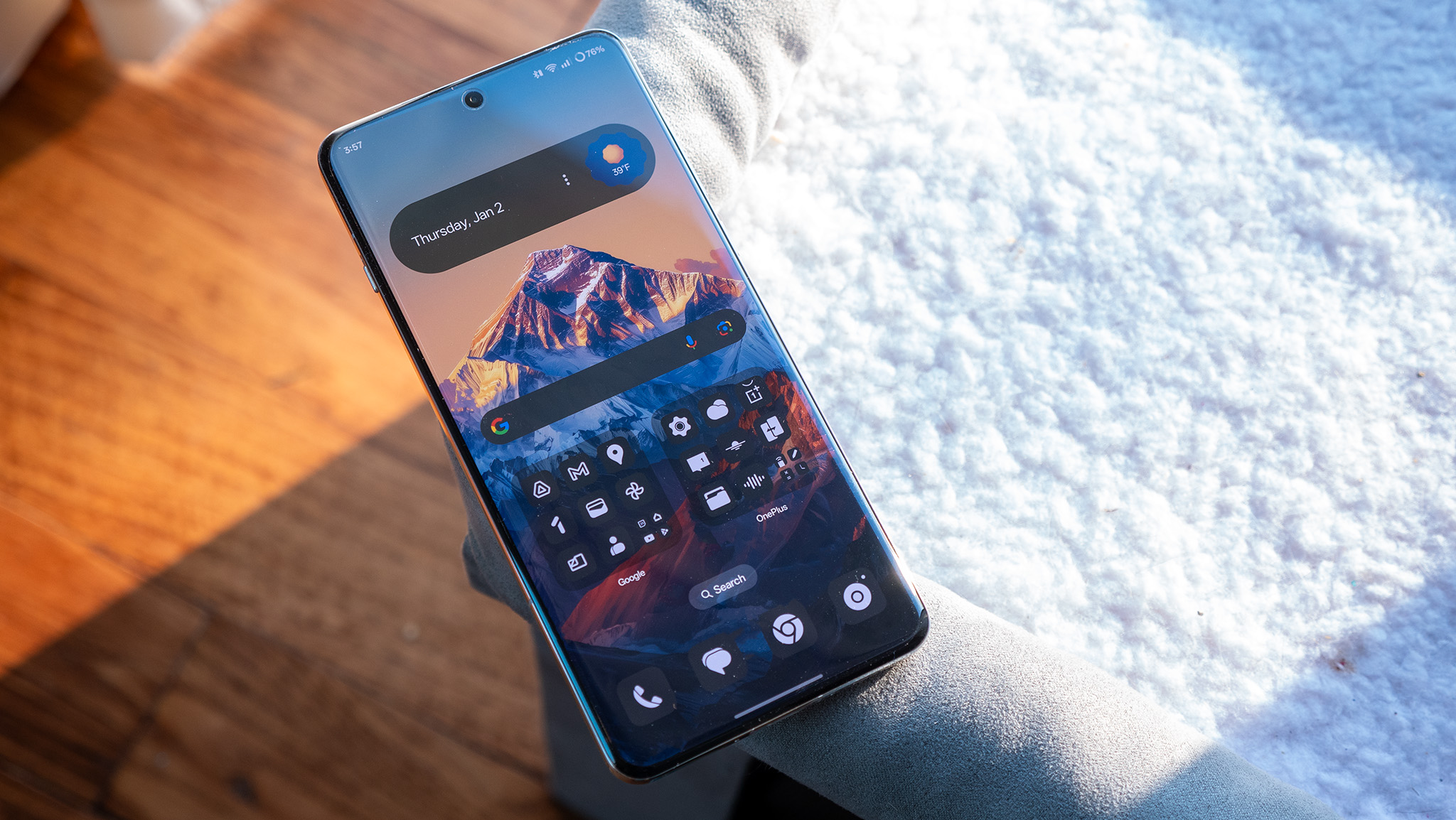
Technically, the OnePlus 13 is more durable than the Pixel 9 Pro XL, as it is rated for both IP68 and IP69 for dust and water resistance. The Pixel 9 Pro XL is only rated for IP68, but you should know that the difference probably won't matter. IP68 still covers brief submersion in shallow water, and IP69 only takes that a step further, offering protection against high-pressure and high-temperature water jet sprays. You probably won't ever need that level of water resistance on your phone, though it certainly can't hurt.
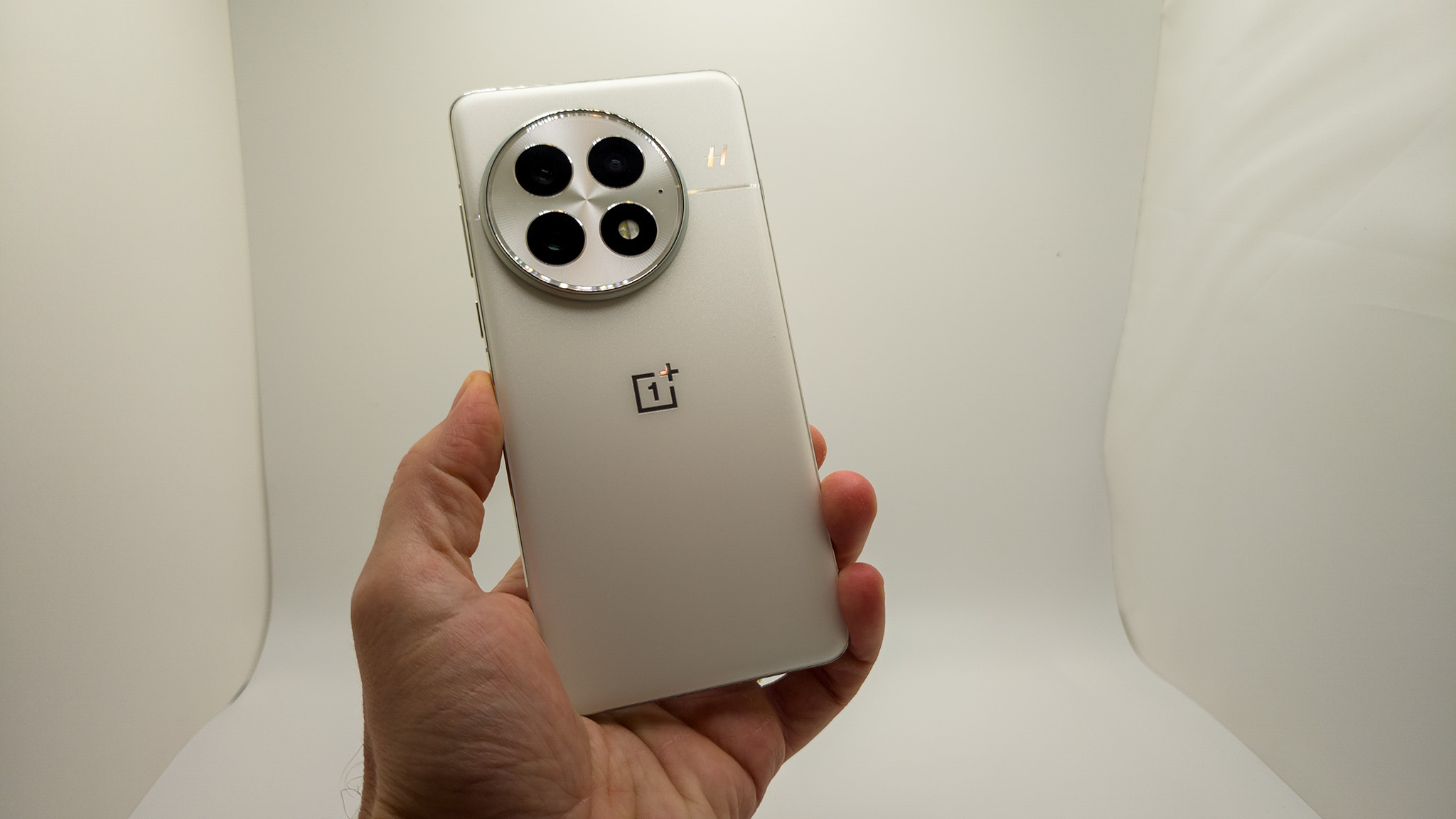
The OnePlus 13 can either be equipped with a glass back or an eco-leather silicone polymer back. It'll be available in black, blue, and white colorways. The Pixel 9 Pro XL comes in a few more colors and is only available with a glass back. You can choose from Porcelain, Rose Quartz, Hazel, and Obsidian colorways.
It's worth noting that, at 210g or 213g, the OnePlus 13 will feel noticeably heavier than the Pixel 9 Pro XL's 199g.
OnePlus 13 vs. Google Pixel 9 Pro XL: Hardware and specs
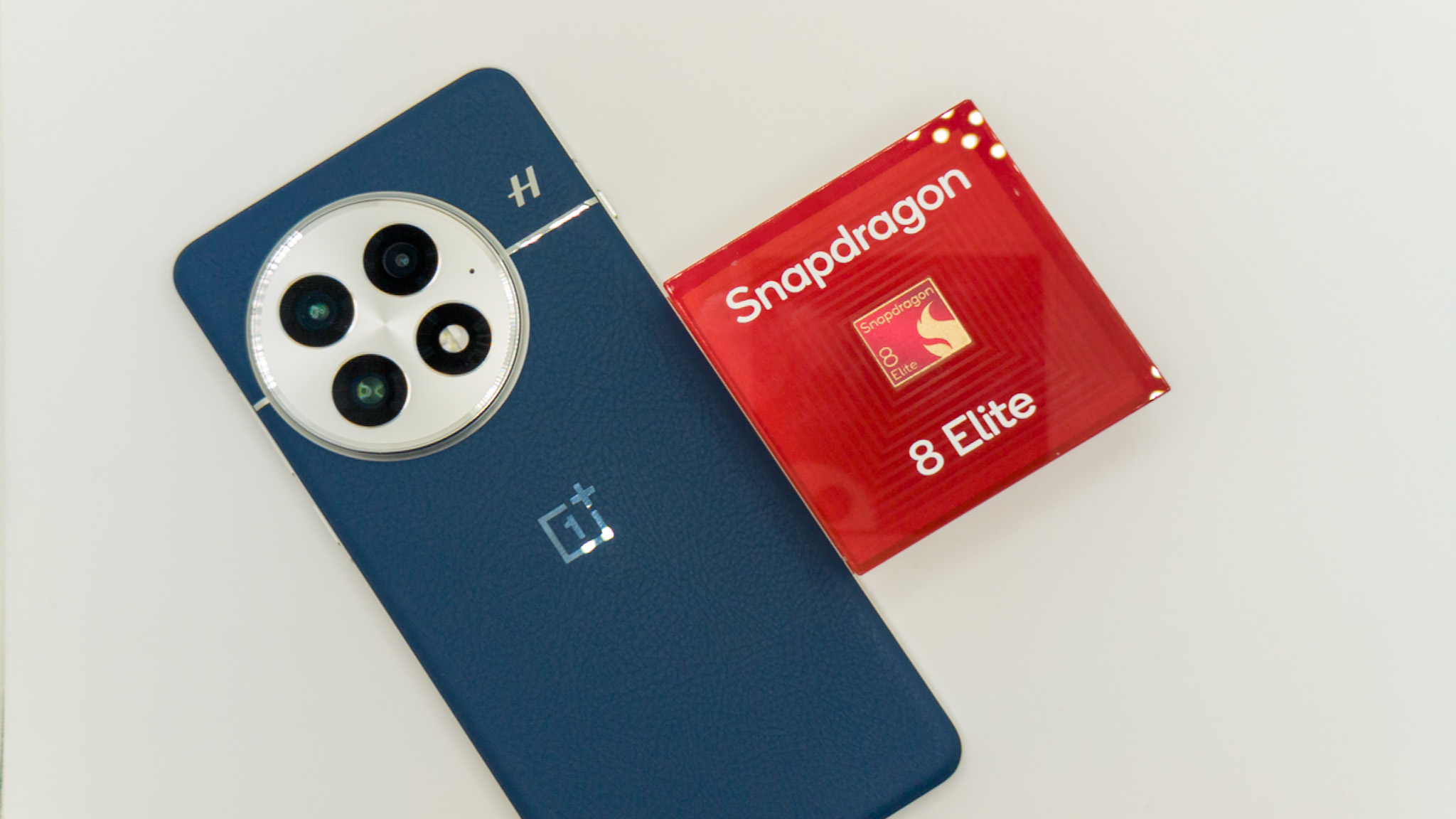
A theme of this comparison will be that the OnePlus 13 will often win on the spec sheet, but the Pixel 9 Pro XL may still be the winner in daily use. For example, the OnePlus 13 is powered by the latest Snapdragon 8 Elite chipset, which uses the same custom Oryon cores that Qualcomm developed for its laptop-class chips. By comparison, the Tensor G4 chip in the Pixel 9 Pro XL is significantly less powerful, even if it may be better optimized for Google's hardware.
It's a similar story for the display. The sizes are similar, at 6.82 inches for OnePlus 13 and 6.8 inches for the Pixel 9 Pro XL. They're also both OLED screens capable of reaching 120Hz refresh rates. However, the OnePlus 13 will be brighter thanks to its 4,500-nit peak brightness rating. The Pixel 9 Pro XL tops out at 3,000 nits. If past OnePlus phones are any indication of the OnePlus 13's brightness, the difference between these two displays should be noticeable in daily use.
Both phones use hole-punch, front-facing cameras. The OnePlus 13 has a 32MP, f/2.4 lens, while the Pixel 9 Pro XL has a 42MP, f/2.2 lens. We'll have to test these phones side-by-side for ourselves before we tell you which camera is best.
| Category | OnePlus 13 | Google Pixel 9 Pro XL |
|---|---|---|
| Processor | Qualcomm Snapdragon 8 Elite | Google Tensor G4 |
| Display | 6.82-inch AMOLED, 120Hz, 4,500 nits peak brightness | 6.8-inch Super Actua display, 120Hz LTPO OLED (1-120Hz), 2992 x 1344, HDR, 3000 nits, Gorilla Glass Victus 2, 240Hz PWM dimming |
| Memory | 12GB, 16GB, or 24GB | 16GB |
| Storage | Up to 1TB (UFS 4.0) | Up to 1TB |
| Battery | 6,000 mAh | 5,060mAh |
| Charging | 100W wired, 50W wireless, 10W reverse wireless, 5W reverse wired | 37W wired charging, 23W wireless charging, 5W reverse wireless charging |
| Operating System | OxygenOS 15 (Android 15) | Android 14 (upgradeable) |
| Rear cameras | 50MP, f/1.6 main; 50MP, f/2.2 ultrawide; 50 MP, f/2.6 periscope telephoto (3x optical zoom) | 50MP, f/1.68 main; 48MP, f/1.7 wide; 48MP, f/2.8 periscope telephoto (5x optical zoom) |
| Front camera | 32 MP, f/2.4 wide hole-punch camera | 42MP, f/2.2 wide hole-punch camera |
| Connectivity | Wi-Fi 7 802.11 a/b/g/n/ac/6/7, Bluetooth 5.4, 5G, NFC | Wi-Fi 7, 5G (mmWave and Sub-6), Bluetooth 5.3, NFC, AptX HD, USB-C 3.2, Physical and eSIM, Satellite SOS |
| Dimensions | 162.9 x 76.5 x 8.5 mm or 8.9 mm | 152.8 x 72 x 8.5mm |
| Weight | 210 or 213 g | 199g |
| IP rating | IP68/IP69 | IP68 |
| Colors | Black, Blue, White | Porcelain, Rose Quartz, Hazel, Obsidian |
There are a lot of similarities between the rear cameras. Both phones use a 50MP main camera with similar apertures. Additionally, the OnePlus 13's 50MP ultrawide camera and the Pixel 9 Pro XL's 48MP wide camera match up well. However, there's a big difference in zoom performance. The Pixel 9 Pro XL provides 5x optical zoom, while the OnePlus 13 only provides 3x optical zoom.
OnePlus continues its battery and charging dominance with the OnePlus 13. It brings a massive 6,000mAh battery with 100W wired charging. The Pixel 9 Pro XL's 5,060mAh battery and 37W wired charging speeds are fine but don't compare to the OnePlus 13's offerings.
In terms of connectivity, the OnePlus 13 and Pixel 9 Pro XL both support Wi-Fi 7, 5G, and NFC. The former supports Bluetooth 5.4, while the latter only supports Bluetooth 5.3.
OnePlus 13 vs. Google Pixel 9 Pro XL: Software and performance
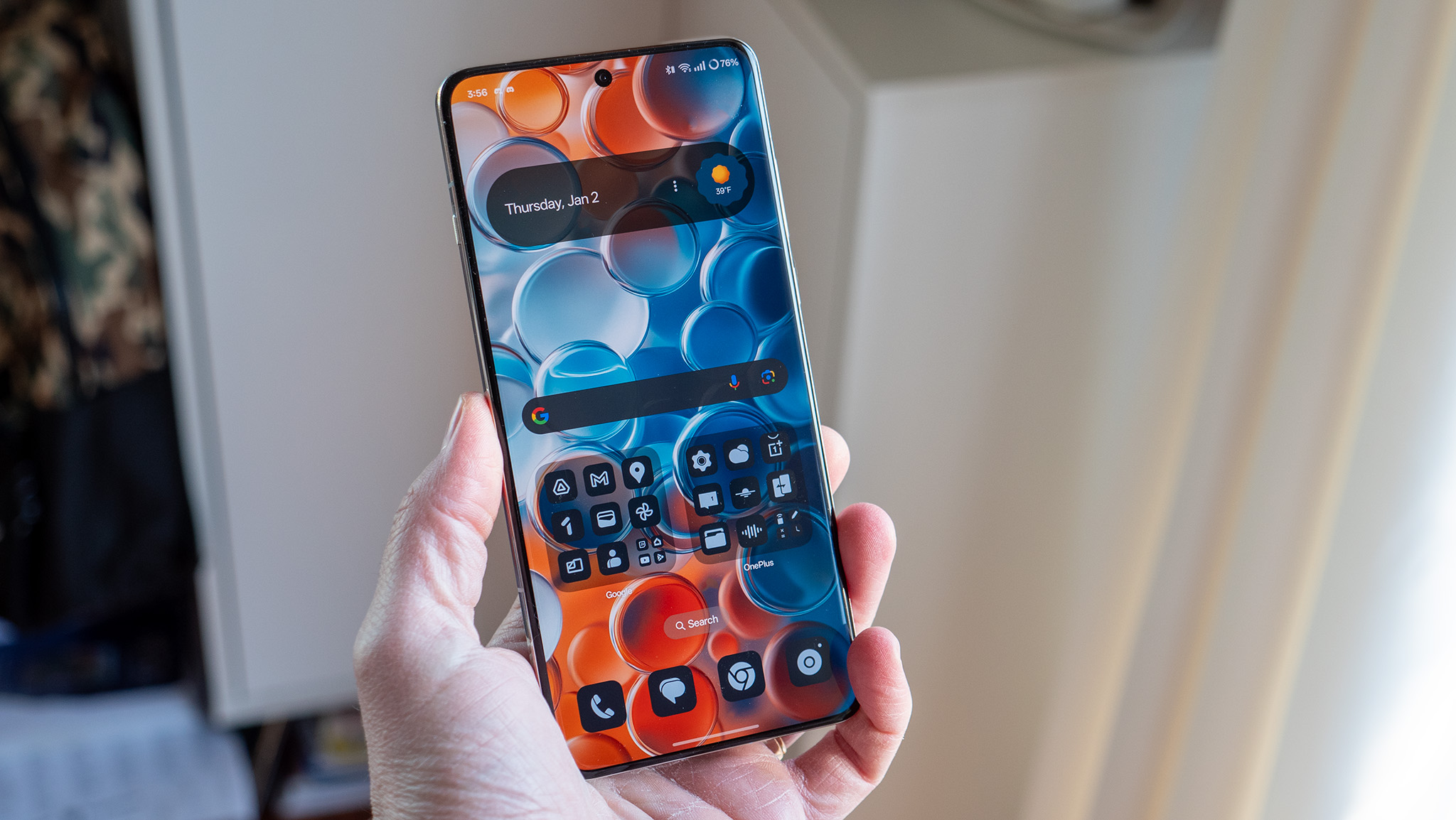
The OnePlus 13 launches with OxygenOS 15, which is based on Android 15. It'll get security updates for six years, but OxygenOS upgrades for only four years. That's a fairly low number, considering Google offers seven years of full OS upgrades on the Pixel 9 Pro XL. However, you may not want to make a purchasing decision based on software support alone because we don't know what Android will look like on the Pixel 9 Pro XL in seven years. It's still a gamble.
One area where the Pixel 9 Pro XL decisively beats the OnePlus 13 is in AI. From features like Circle to Search to apps like Pixel Screenshots to features like Add Me — the Pixel has it all. While OnePlus is starting to catch up with Circle to Search and some features of its own, you should still buy a Pixel if you want the best AI experience on a phone.
OnePlus 13 vs. Google Pixel 9 Pro XL: Which should you buy?
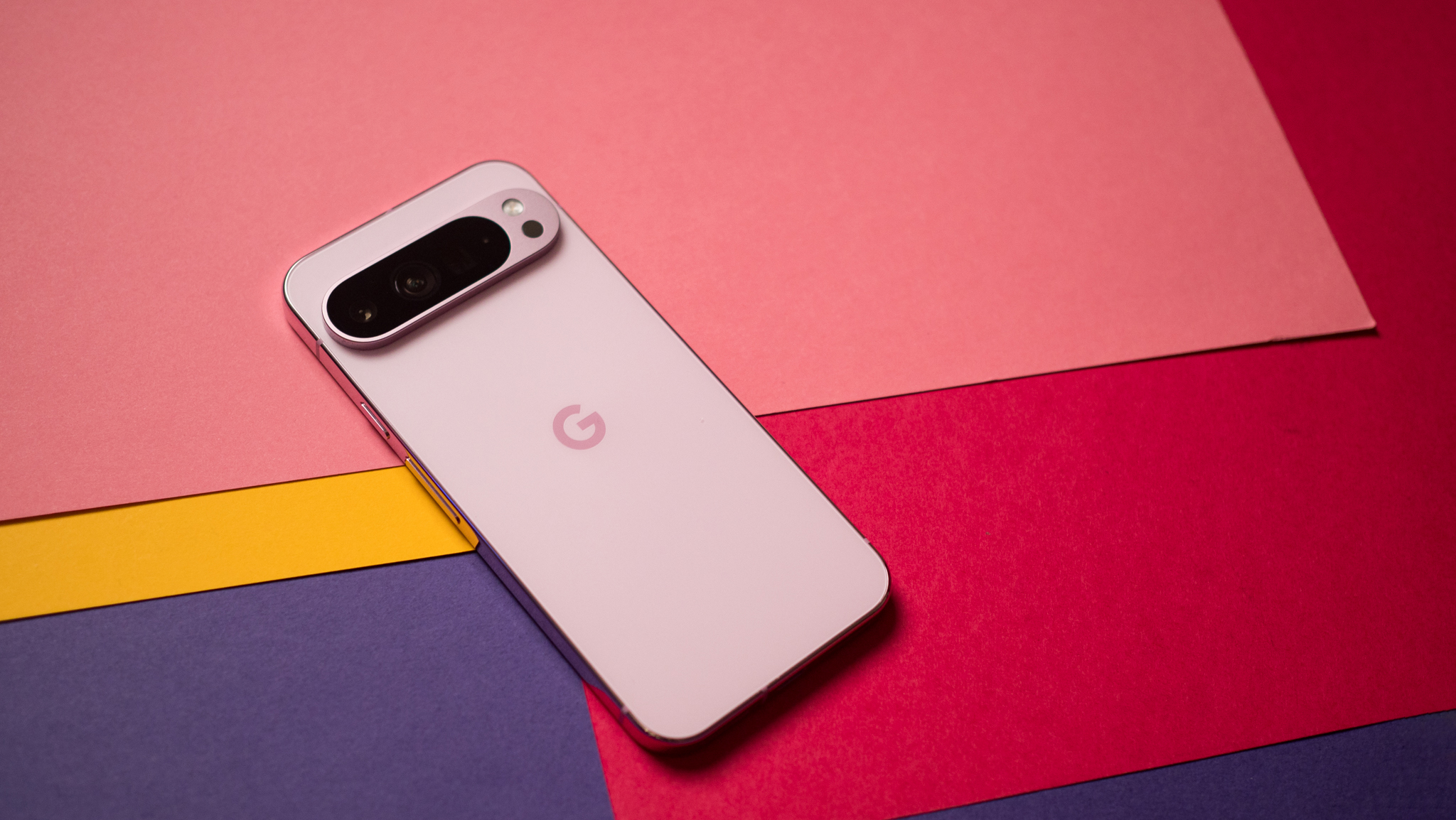
For now, the "sure thing" recommendation is the Pixel 9 Pro XL. It's a rock-solid phone at a decent price with tons of software support.
However, we're optimistic that the OnePlus 13 — with a more powerful Snapdragon 8 Elite chipset and better hardware in a few key areas — could dethrone the Pixel 9 Pro XL. It's packing comparable specs and is even better in a few ways while being simultaneously cheaper.
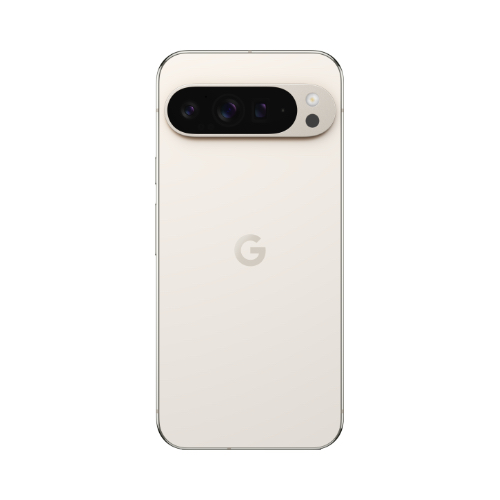
The best Android you can buy right now
The Google Pixel 9 Pro XL is hands-down the best Android phone you can buy today. The OnePlus 13 is a real challenger, but you should stick with a Pixel if you want AI and a reliable Android experience. This Google phone will be a top option through 2025.

Time to switch?
The Snapdragon 8 Elite chipset, display, and camera of the OnePlus 13 are all extremely competitive with the Pixel 9 Pro XL. Now, we also know OnePlus is once again undercutting the Pixel's price point, making this an attractive flagship offering in 2025.
Be an expert in 5 minutes
Get the latest news from Android Central, your trusted companion in the world of Android

Brady is a tech journalist for Android Central, with a focus on news, phones, tablets, audio, wearables, and software. He has spent the last three years reporting and commenting on all things related to consumer technology for various publications. Brady graduated from St. John's University with a bachelor's degree in journalism. His work has been published in XDA, Android Police, Tech Advisor, iMore, Screen Rant, and Android Headlines. When he isn't experimenting with the latest tech, you can find Brady running or watching Big East basketball.
